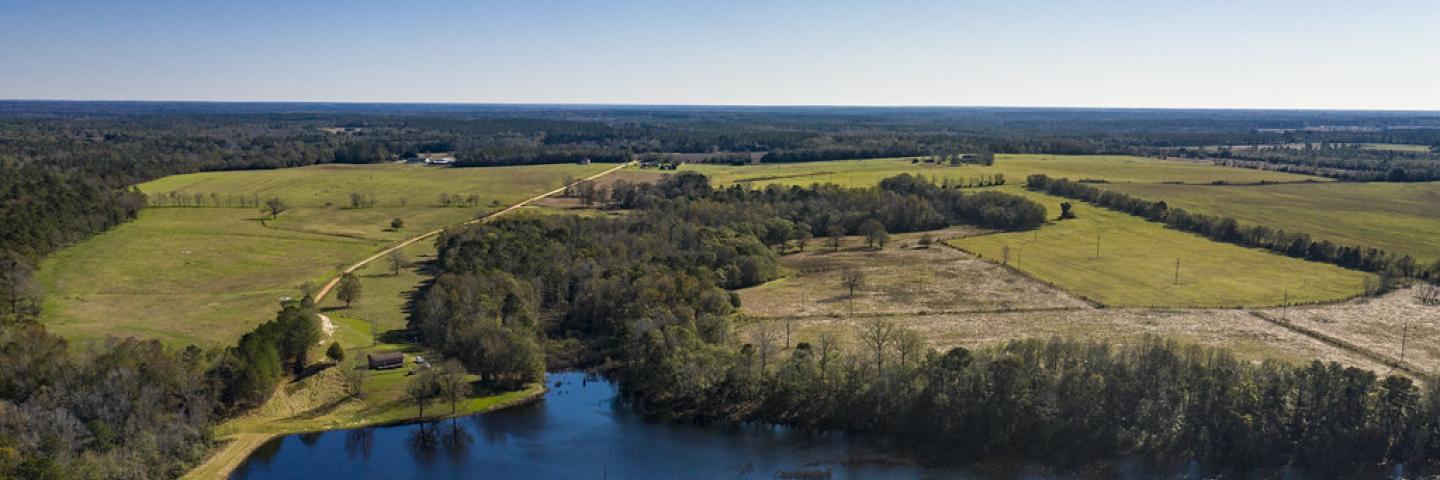NRCS Texas Announces Application Deadline for the Conservation Stewardship Program

The application deadline for the Natural Resources Conservation Service, Conservation Stewardship Program (both Classic and the CSP-Inflation Reduction Act) sign up has been announced. Those interested must submit applications to the local NRCS field office by Jan. 26, 2024.
While the NRCS continuously accepts applications for enrollment into the Conservation Stewardship Program (CSP) (both Classic and CSP-Inflation Reduction Act [IRA]) throughout the year, interested applicants must submit applications to the local U.S. Department of Agriculture (USDA) Natural Resources Conservation Service (NRCS) field office by Jan. 26, 2024, for the CSP Classic and the CSP-IRA sign up. Any applications received after Jan. 26, 2024, will be considered for future CSP application sign ups.
USDA is increasing the minimum annual payment for agricultural producers participating in the Conservation Stewardship Program (CSP) from $1,500 to $4,000 starting in fiscal year 2024. The increase addresses challenges faced by small scale, underserved, and urban producers and improves equity in the program by making participation more financially beneficial for smaller operations. The new minimum payment is available for new and renewed CSP contracts.
“Increasing the minimum payment to CSP participants regardless of the size of their operation helps to make participation worthwhile for a larger number of producers,” said Kristy Oates, State Conservationist for NRCS Texas, “By broadening the appeal of CSP, we can further expand conservation across Texas with the Inflation Reduction Act funding.”
CSP helps farmers, ranchers, and forest landowners to build on their existing conservation efforts while strengthening their operation. CSP participants earn an annual payment for 5 years which enables them to achieve a greater level on conservation and stewardship. Whether you are looking to improve grazing conditions, increase crop resiliency, or develop wildlife habitat, NRCS can custom design a CSP plan to help you meet those goals. CSP-IRA provides an exciting opportunity for producers to install conservation activities promoting climate-smart agriculture and forestry greenhouse gas mitigation on their agricultural operation.
CSP offers technical and financial assistance to help agricultural and forest producers take their conservation efforts to the next level. The program is designed to compensate agricultural and forest producers who agree to increase their level of conservation by adopting additional conservation activities and maintaining their baseline level of conservation.
Examples of CSP enhancements that are suitable for being adopted by smaller scale and urban producers include:
- Planting multi-species cover crops
- Mulching with natural materials
- Establishing pollinator habitats
- Soil health crop rotation
Inflation Reduction Act and CSP
Currently, an unprecedented amount of funding is available for CSP through the Inflation Reduction Act and Farm Bill. The Inflation Reduction Act provided $19.5 billion in additional funding for NRCS’ oversubscribed programs like CSP for five years. Inflation Reduction Act funds are available to help producers adopt climate-smart practices.
NRCS recently announced it increased the number of Climate-Smart Agricultural and Forestry Mitigation Activities eligible for Inflation Reduction Act funding for fiscal year 2024 through CSP, the Environmental Quality Incentives Program (EQIP), and the Regional Conservation Partnership Program (RCPP). To learn more, download the list of practices and a fact sheet.
How to Apply
NRCS accepts producer applications for its conservation programs year-round, but producers interested in CSP should apply by Jan. 26, 2024, for consideration. Funding is provided through a competitive process and will include an opportunity to address the unmet demand from producers who have previously sought funding.
For more information about assistance available, contact your local USDA Service Center.
USDA touches the lives of all Americans each day in so many positive ways. Under the Biden-Harris administration, USDA is transforming America’s food system with a greater focus on more resilient local and regional food production, fairer markets for all producers, ensuring access to safe, healthy and nutritious food in all communities, building new markets and streams of income for farmers and producers using climate smart food and forestry practices, making historic investments in infrastructure and clean energy capabilities in rural America, and committing to equity across the Department by removing systemic barriers and building a workforce more representative of America. To learn more, visit usda.gov.

